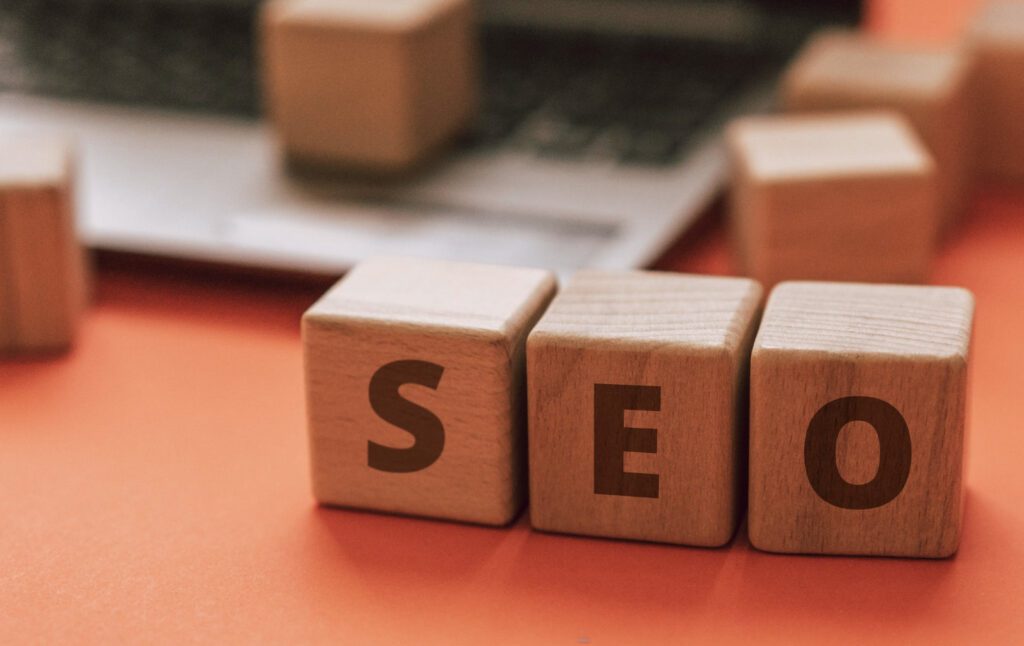In today’s digital age, having an online store is only half the battle. The real challenge? Making sure your potential customers can find you. Enter the world of Search Engine Optimization (SEO). Specifically, for our community of entrepreneurs, Shopify SEO. If you’re looking to maximize your store’s visibility, you’re in the right place. Let’s dive into the ultimate guide to Shopify SEO.
Understanding the Basics
Before we delve into the nitty-gritty, let’s get a foundational understanding. SEO is the art & science of optimizing your website so it appears higher on search engine results pages (SERPs). For Shopify store owners, this means tweaking various elements of your site to make it more attractive to search engines like Google.
1. Keyword Research: The Foundation of SEO
Every successful SEO strategy starts with keyword research. It’s about understanding what terms your potential customers are typing into search engines.
Actionable Tip: Use tools like Google’s Keyword Planner or Ubersuggest. Start by entering terms related to your products. These tools will provide related search terms, their search volume, and competition. Aim for high-volume, low-competition keywords.
2. On-Page SEO: Making Your Store Shine
Once you have your keywords, it’s time to incorporate them into your site. Here’s how:
Title Tags: This is the clickable headline displayed on SERPs. Ensure your primary keyword is present.
Actionable Tip: Keep title tags between 50-60 characters. Place the keyword closer to the beginning.
Meta Descriptions: This brief summary appears below the title tag on SERPs. It should be compelling & include your primary keyword.
Actionable Tip: Limit meta descriptions to 150-160 characters. Make it enticing to encourage clicks.
Product Descriptions: Make them detailed, unique, and keyword-rich. Avoid manufacturer-provided descriptions; search engines may view them as duplicate content.
Actionable Tip: Use latent semantic indexing (LSI) keywords. These are terms related to your primary keyword. For instance, if you’re selling “leather boots,” LSI keywords might include “durable shoes” or “high-quality footwear.”

3. Technical SEO: Under-the-Hood Tweaks
Technical SEO might sound daunting, but these behind-the-scenes adjustments can significantly impact your store’s visibility.
Site Speed: A slow-loading site can deter customers and hurt your SEO.
Actionable Tip: Compress images using tools like TinyPNG and leverage browser caching to speed up load times.
Mobile Optimization: With the rise of mobile shopping, ensuring your Shopify store is mobile-friendly is crucial.
Actionable Tip: Use Shopify’s mobile-friendly themes. Regularly test your site’s mobile performance with Google’s Mobile-Friendly Test.
Secure & Accessible Website: Google gives preference to secure websites (those starting with HTTPS).
Actionable Tip: Make sure your Shopify store has an SSL certificate. Shopify provides these for free to all its stores.
4. Content is King
Regularly publishing high-quality content not only positions you as an authority in your niche but also provides more opportunities to rank for various keywords.
Actionable Tip: Start a blog related to your product niche. For instance, if you sell skincare products, write articles about skincare routines, product reviews, or skincare tips for different seasons.
5. Backlinks: The Vote of Confidence
Backlinks, or other websites linking to yours, act as endorsements in the eyes of search engines. The more quality backlinks you have, the more authoritative your site appears.
Actionable Tip: Reach out to bloggers in your industry for product reviews. Consider guest posting on relevant blogs, ensuring you get a link back to your store.

6. User Experience (UX)
Google’s algorithms now prioritize sites that offer a good user experience. This includes factors like site navigation, mobile optimization, and site speed.
Actionable Tip: Regularly gather feedback from your customers about their browsing experience. Use tools like Hotjar to understand how users navigate your site and where they might face issues.
Our Analysis
Shopify SEO might seem like a vast, complex world, but with the right strategies in place, you can greatly boost your store’s visibility. Remember, SEO is a marathon, not a sprint. Regularly update your strategies, stay informed about the latest SEO trends, and most importantly, prioritize your customers’ experience. Happy optimizing from the Elite team!


